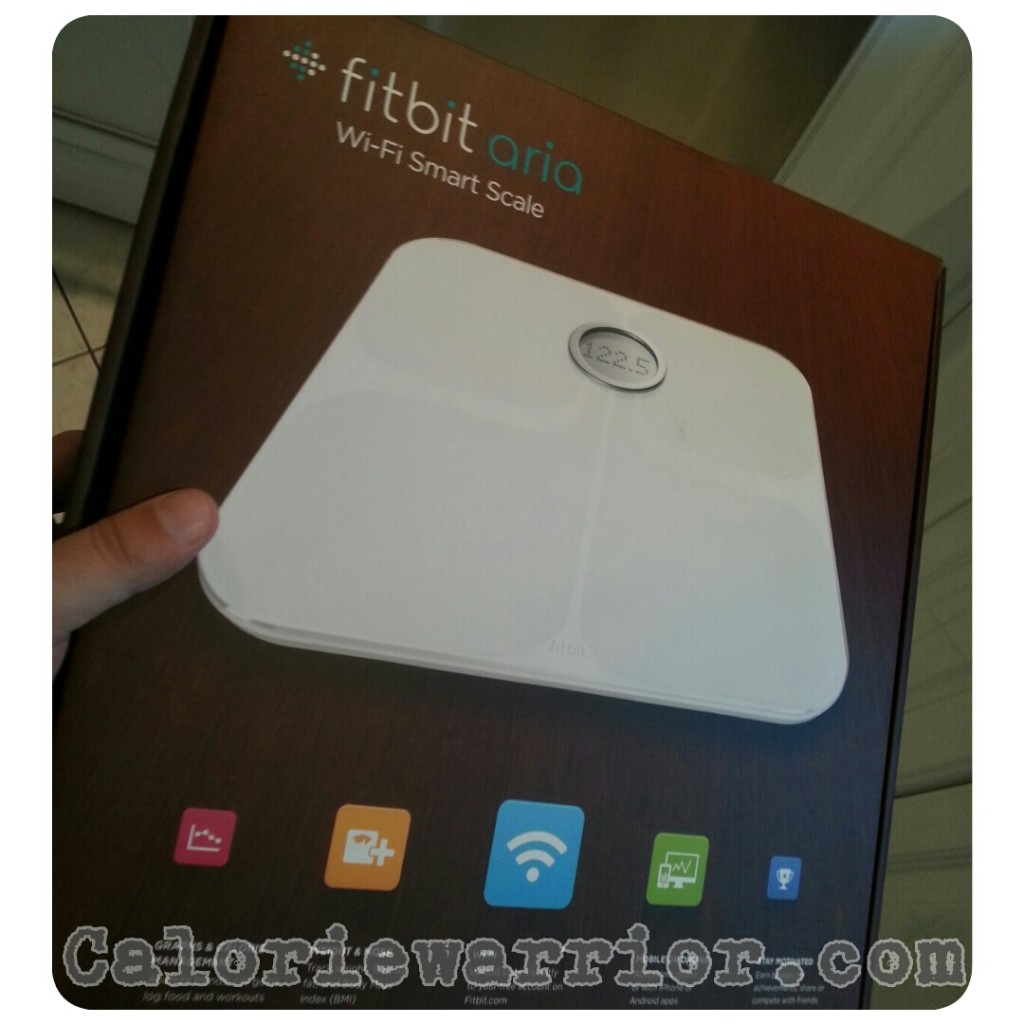
When you set up multiple units of measure, always assign the smallest unit of measure by what you sell and not purchase. For example, you should select Multiple U/M Per Item if you buy an inventory item by the gallon and sell it by the ounce, or if you buy an item that comes from a vendor 24 to a box or case but you sell each of the 24 items separately. Select this mode if you buy, stock, or sell any item in more than one unit of measure.
Select which unit of measure mode is right for your business. Note that if you don't see the Enable button, the unit of measure is already turned on. In the Unit of Measure section, select Enable. Select Items & Inventory, then go to the Company Preferences tab. Go to the Edit menu, then select Preferences. Using the previous example, adding cable as an item to an invoice with a quantity of 10 yards, that quantity could be converted to 30 feet or 0.06 spools. Once a unit of measure set has been created and assigned to an item, it can easily be converted to other units of measure within the set as the item is added to a transaction. You also give the set a name, such as a Length by the foot. When you create a unit of measure set, you can specify which unit of measure appears by default when adding an item to a purchase form, a sales form, and a shipping picklist. A unit of measure set consists of a base unit and any number of related units. Unit of measure sets are available only when Multiple U/M Per Item is selected as the unit of measure mode. By creating a unit of measure set with a base unit of foot and related units of spool (containing 500 feet) and yard, you can enter a quantity of spools on a purchase order, show the item in feet on inventory reports, and enter a quantity of yards on an invoice. For example, you might purchase an item called cable in spools, count that item in inventory by the foot, and sell it by the yard. Related units make it possible to show quantities of the same item in different measurements in different places in QuickBooks. Another related unit might be a yard, which is defined as containing 36 inches. For example, if the base unit is an inch, a related unit might be foot, which is defined as containing 12 inches. When an inventory item is created, the cost, sales price, and quantity on hand you enter are all for the base unit.Ī unit defined by the number of base units it contains. In QuickBooks, the base units of items are used to count inventory, generate most inventory reports, and perform quantity-related calculations. The base unit is usually the smallest unit of measure used for an item when purchasing, tracking in or out of inventory and selling. The first unit defined in a unit of measure set. ARIA SCALE SETUP FOR MULTIPLE USERS PROFESSIONAL
QuickBooks Premier Professional Services.

A single unit of measure is available in:

This means that you need to purchase and sell the item using the same U/M. QuickBooks products and editions that support a single unit of measure per itemĪ single unit of measure allows you to assign only one unit of measure for each item while multiple units of measure let you purchase items in one unit and then sell.
 QuickBooks Enterprise Solutions: Professional Services. QuickBooks Enterprise Solutions: Nonprofit. QuickBooks Enterprise Solutions: Manufacturing & Wholesale.
QuickBooks Enterprise Solutions: Professional Services. QuickBooks Enterprise Solutions: Nonprofit. QuickBooks Enterprise Solutions: Manufacturing & Wholesale. 
QuickBooks Enterprise Solutions: Contractor.QuickBooks Premier Manufacturing & Wholesale.QuickBooks products and editions that support single and multiple units of measure per item There are two ways to assign a unit of measure in QuickBooks - single unit or multiple units of measure. The unit of measure (U/M) allows you to show quantities, prices, rates, and costs for an item.








 0 kommentar(er)
0 kommentar(er)
